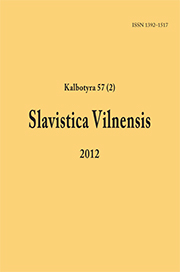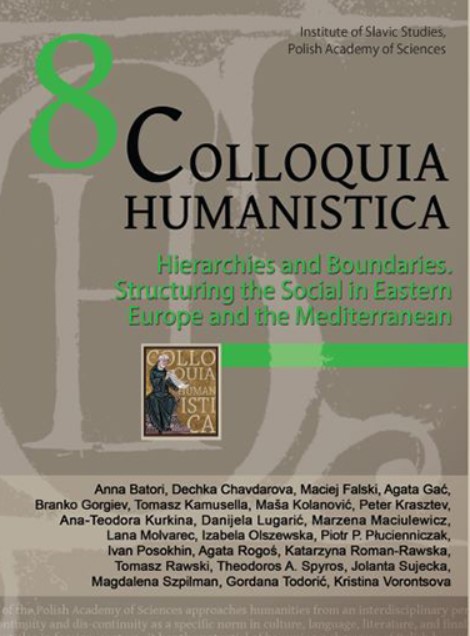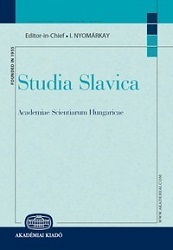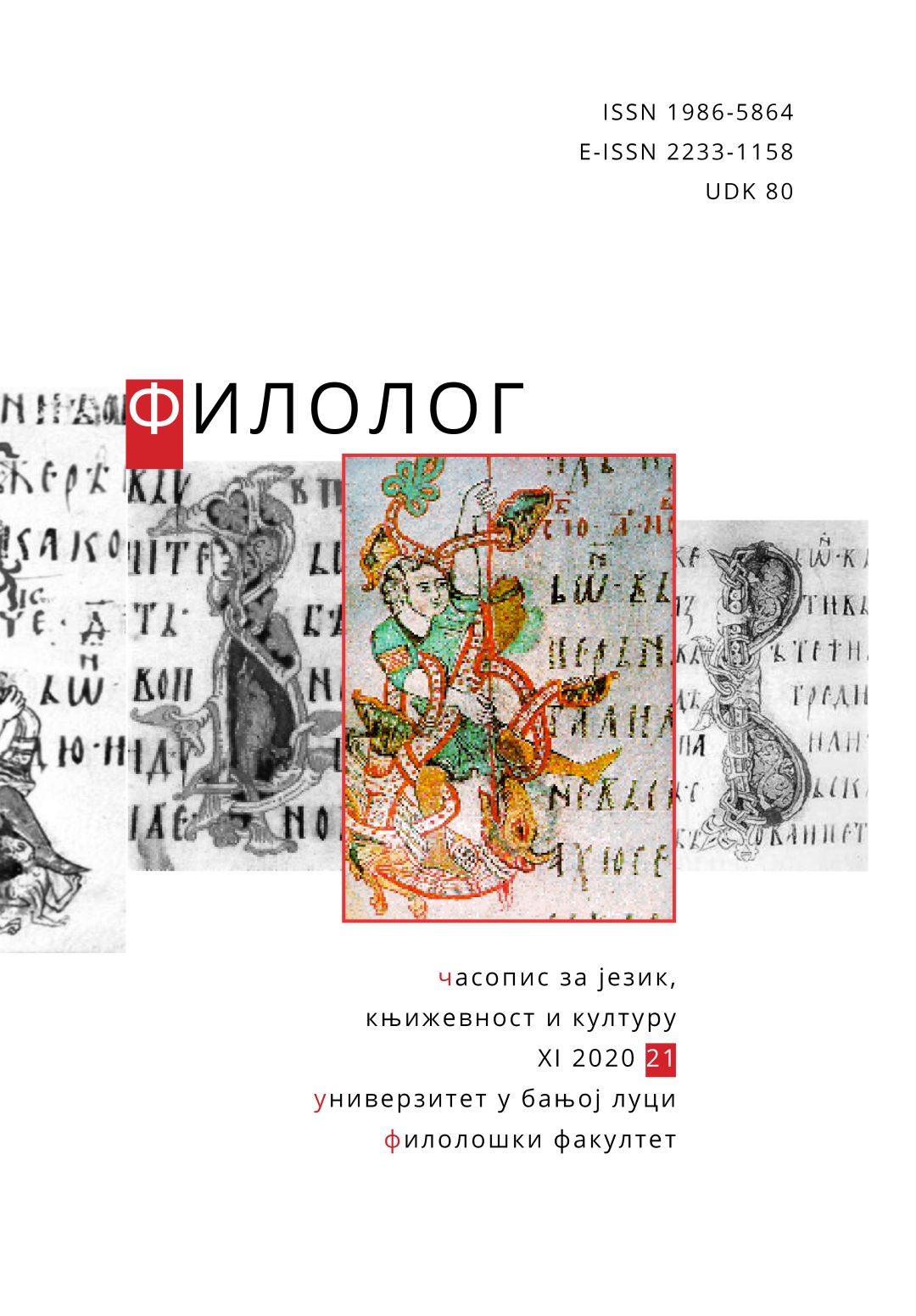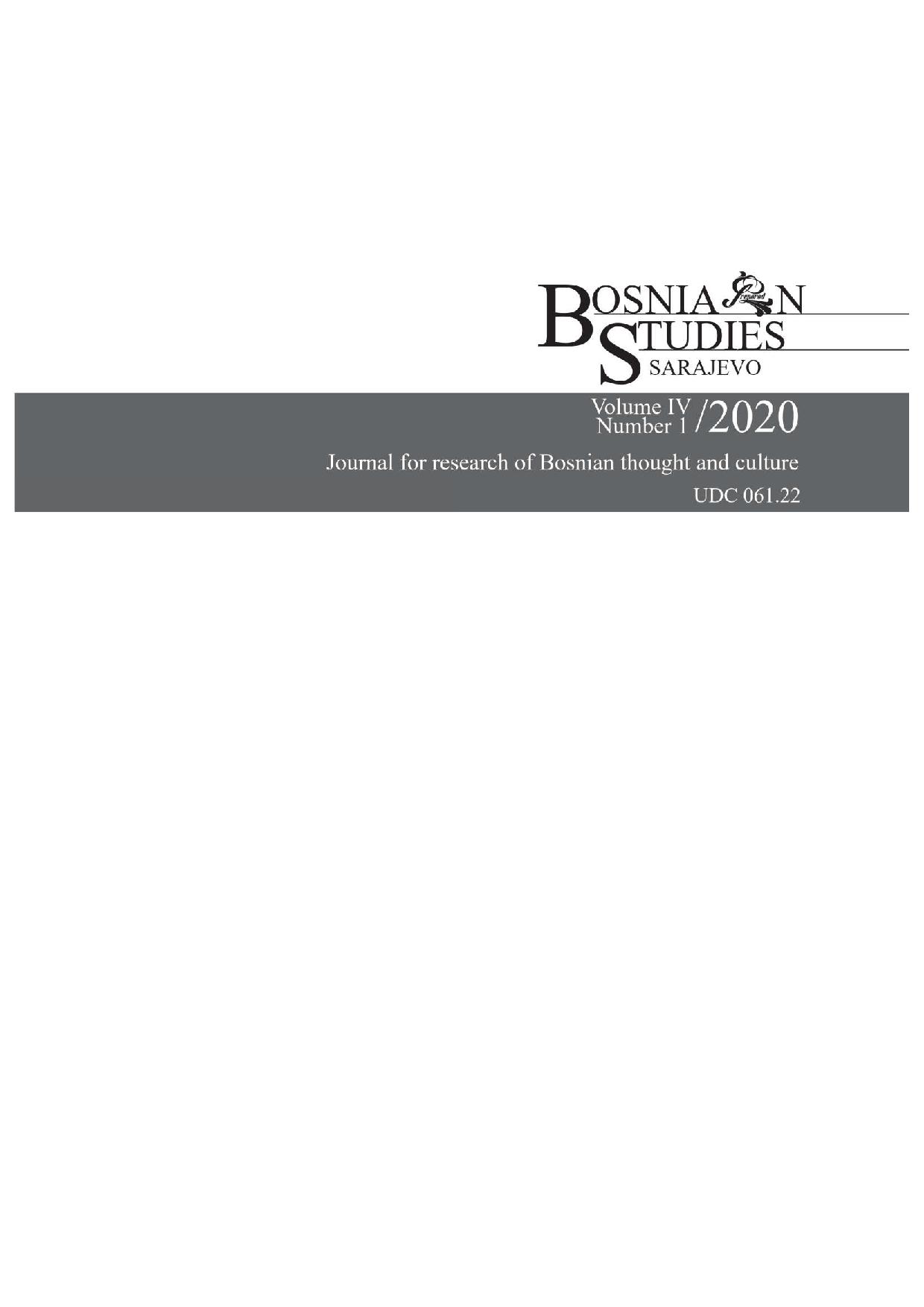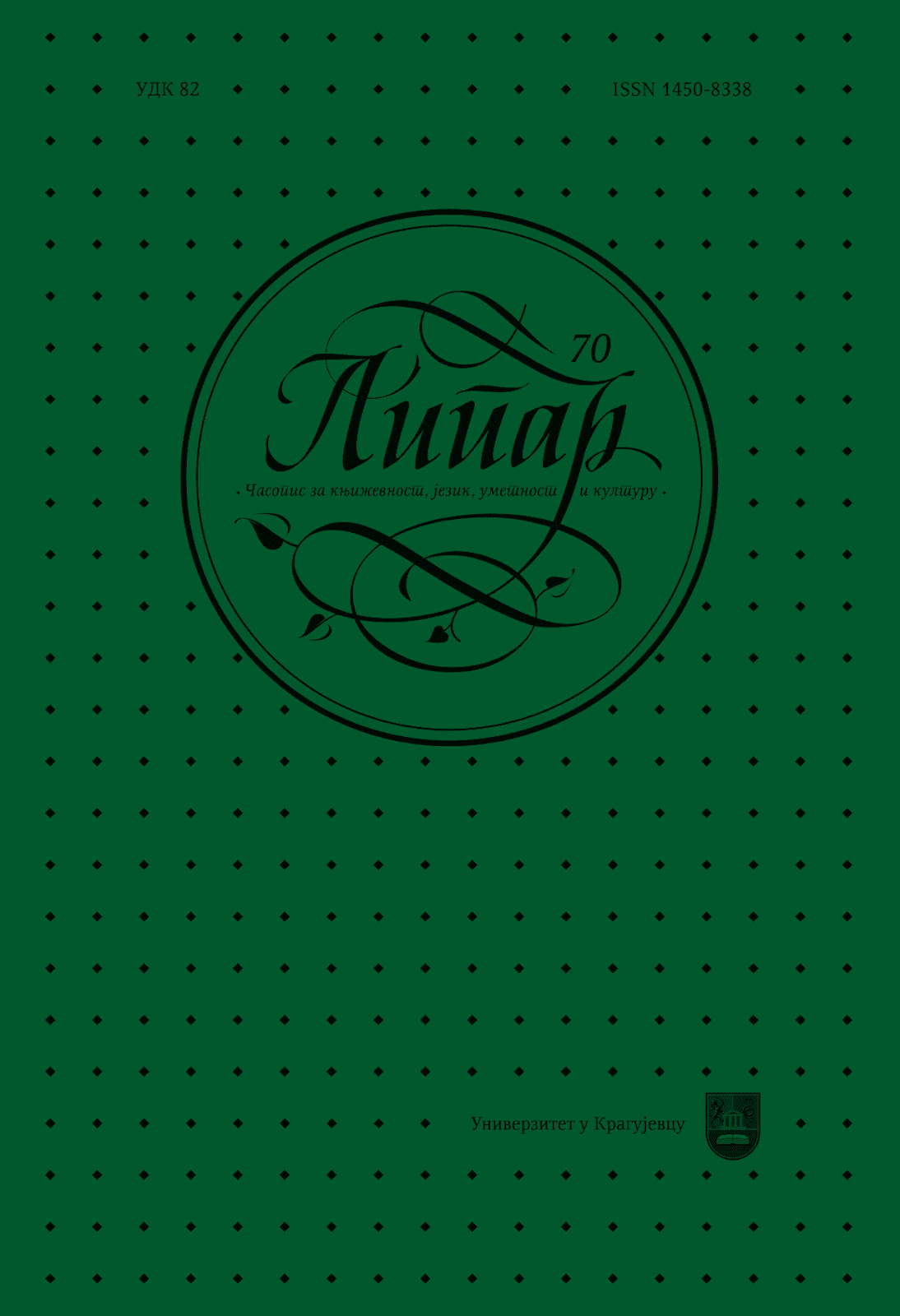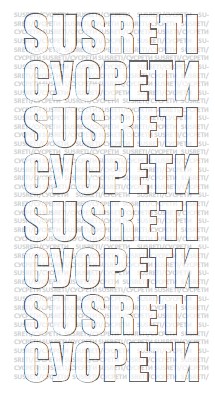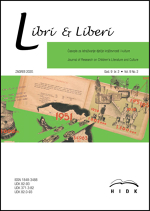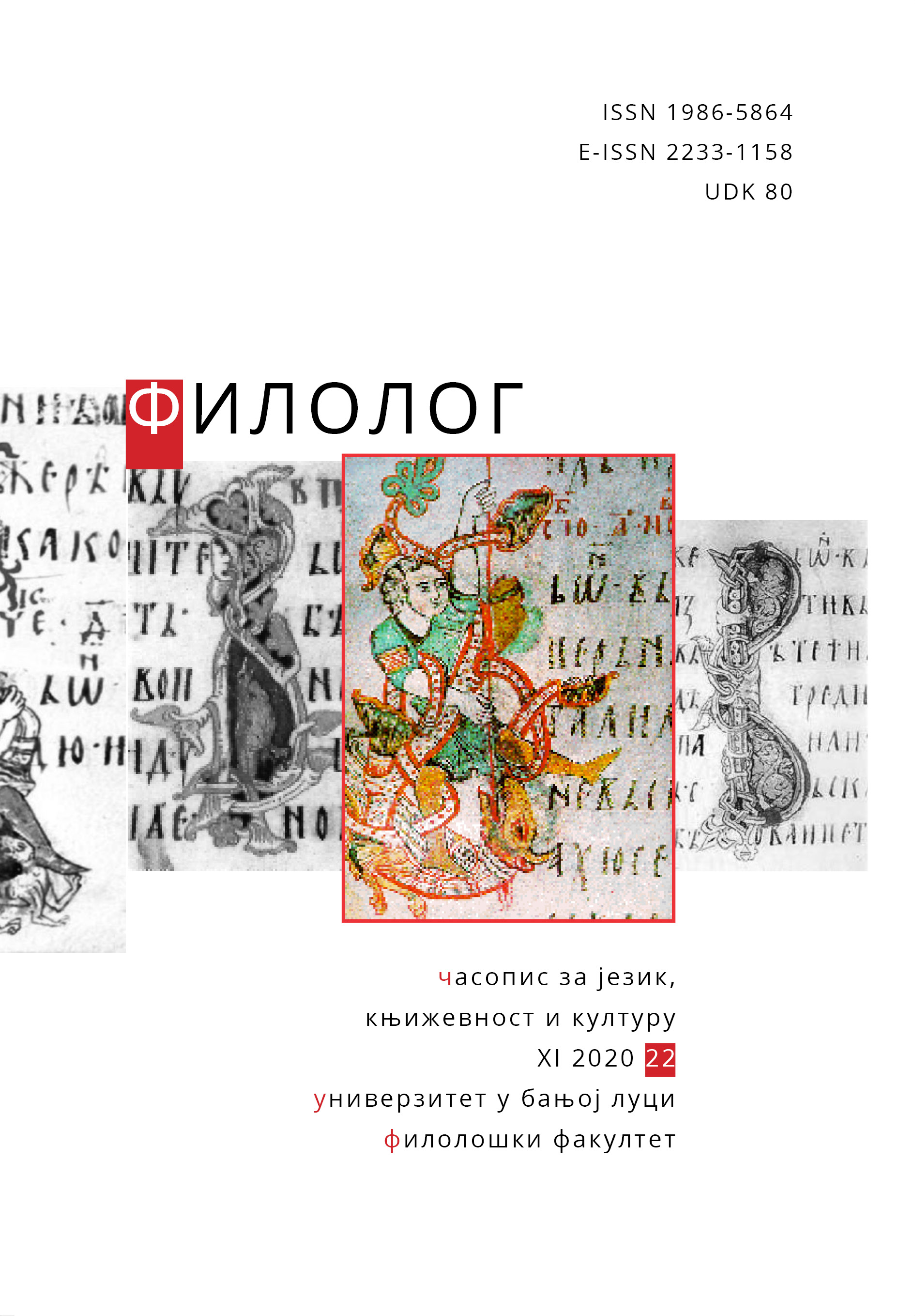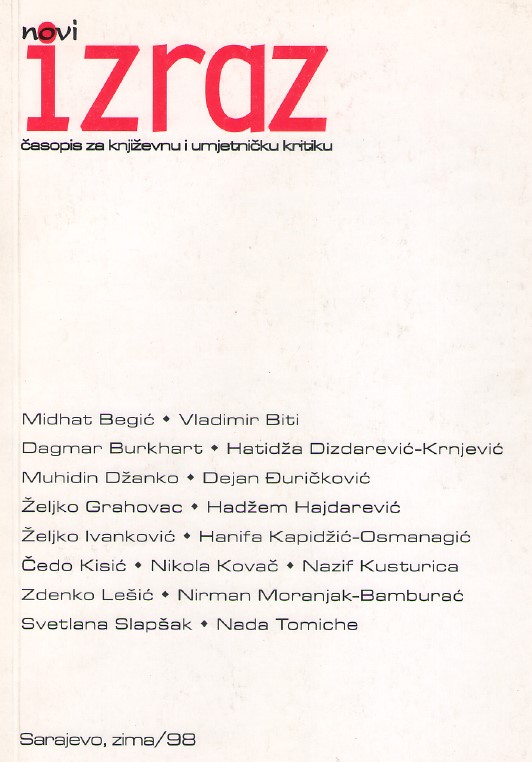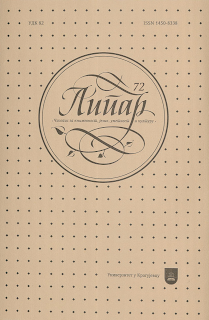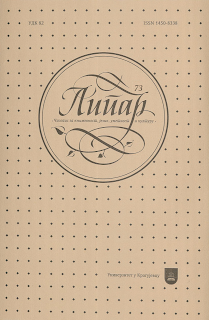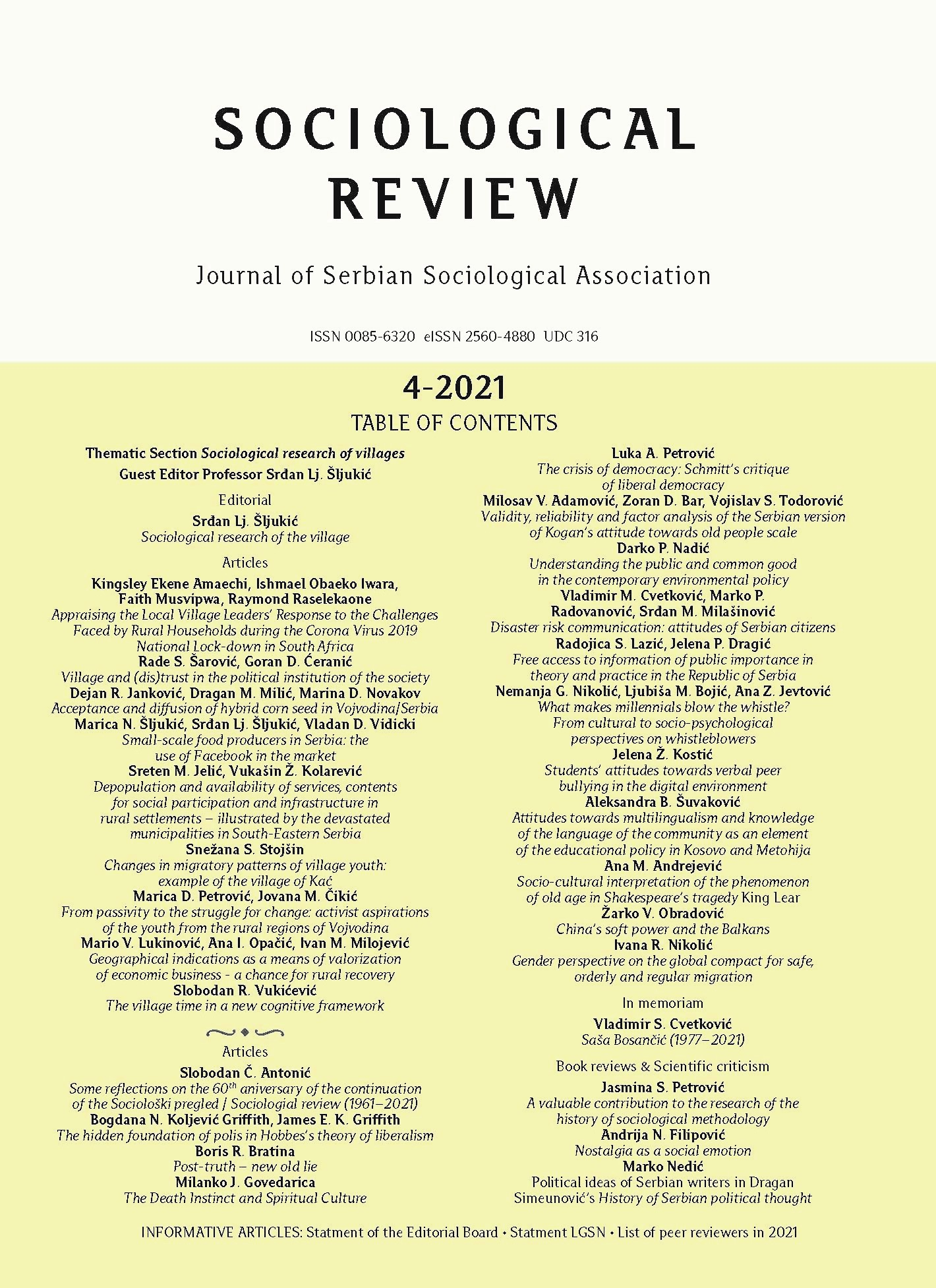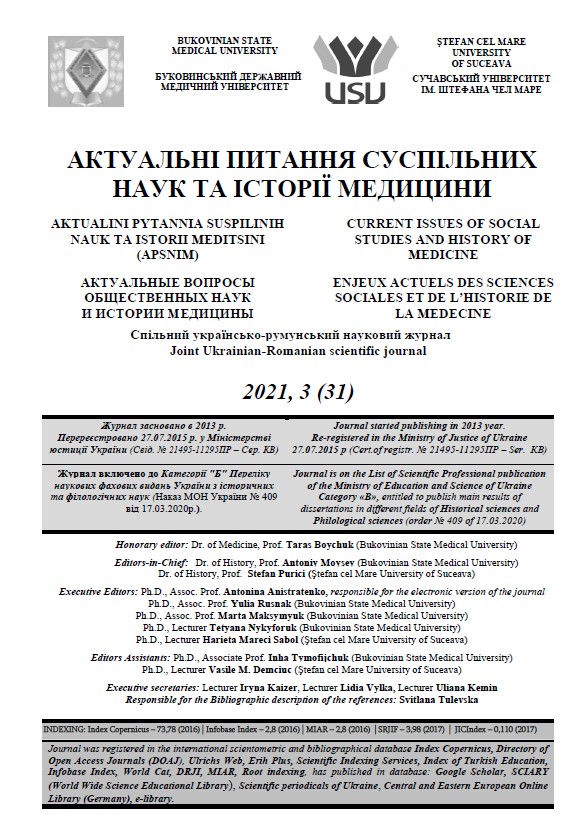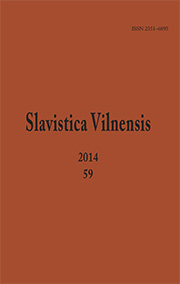
К истории становления сербского литературного языка: неологизмы в проповедях Гаврилы Стефановича Венцловича
The article deals with the neologisms in the sermons of Gavrilo Stefanović Venclović, a Serbian writer of the XVIIIth century, who was among the first to use Serbian vernacular as a standard language for the purpose of writing sermons. After the Vuk type of written language had won, lexical gaps were filled mainly words and expressions already present in the vernacular. This method provided a very limited stylistic and lexical inventory for the writers. Venclović’s stylistic neologisms, possessing such qualities as picturesqueness and semantic transparency, served to draw attention of the audience to the text of the sermon. Rooted in the biblical tradition, they represent a ‘bridge’ between the Old Church Slavonic lexical legacy and the Serbian vernacular, as well as demonstrate the possibility for the creation of a standard language based on vernacular, without divorcement from the tradition of Cyril and Methodius. For a more detailed analysis of the neologisms in the language of Venclović’s sermons the author has chosen the category of verbal nouns with the suffix -lac, which were further categorized into complex and simple nouns, according to the derivation feature.
More...
